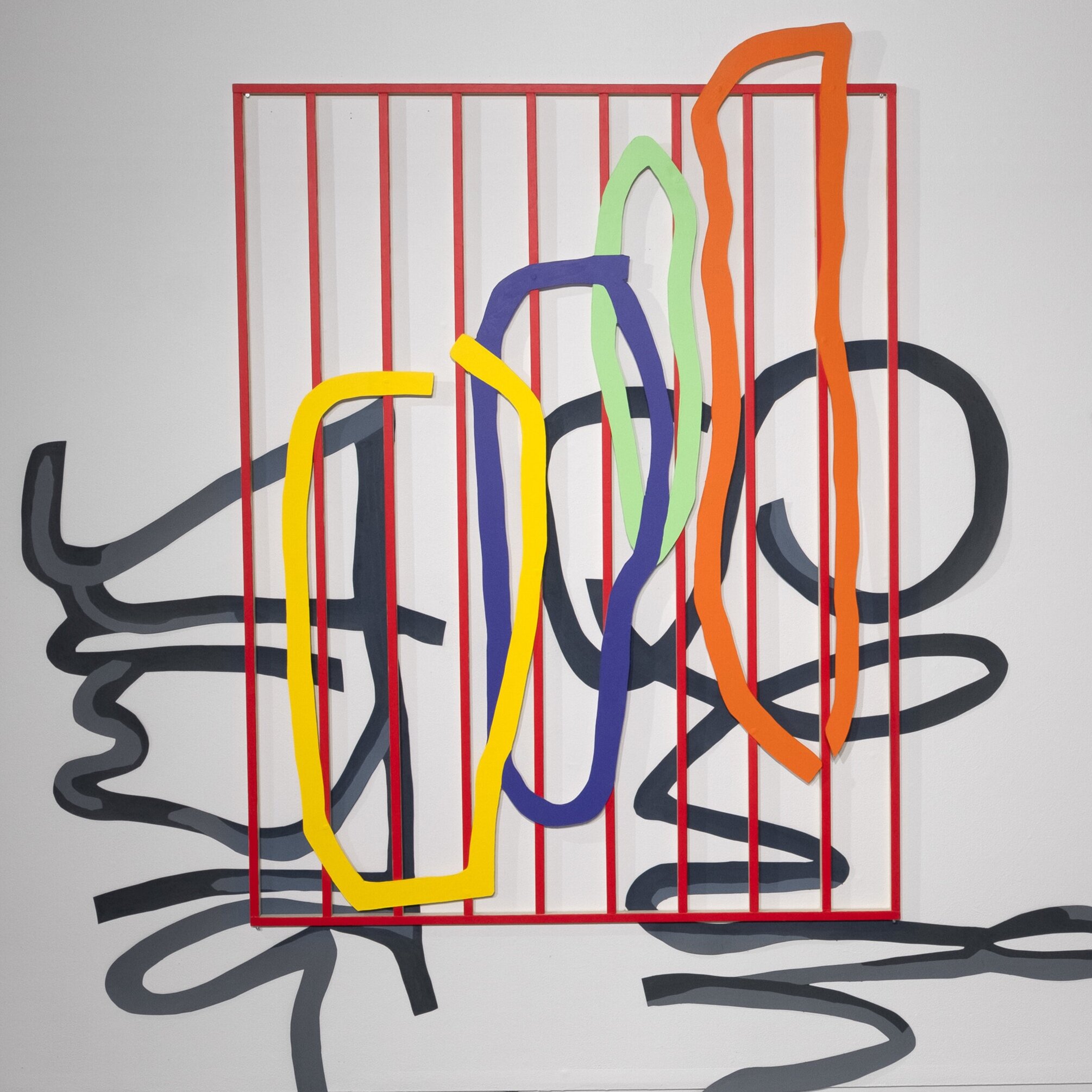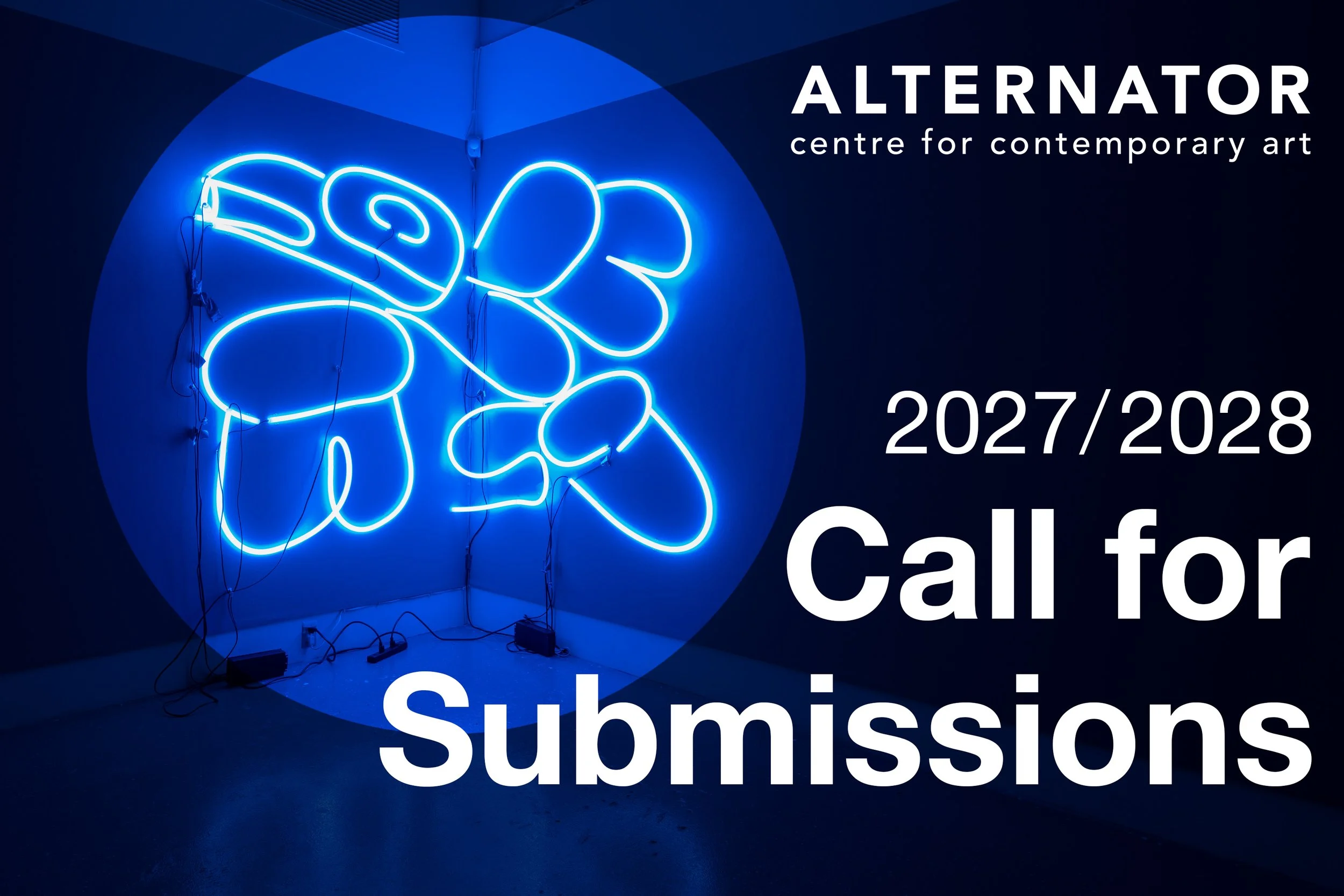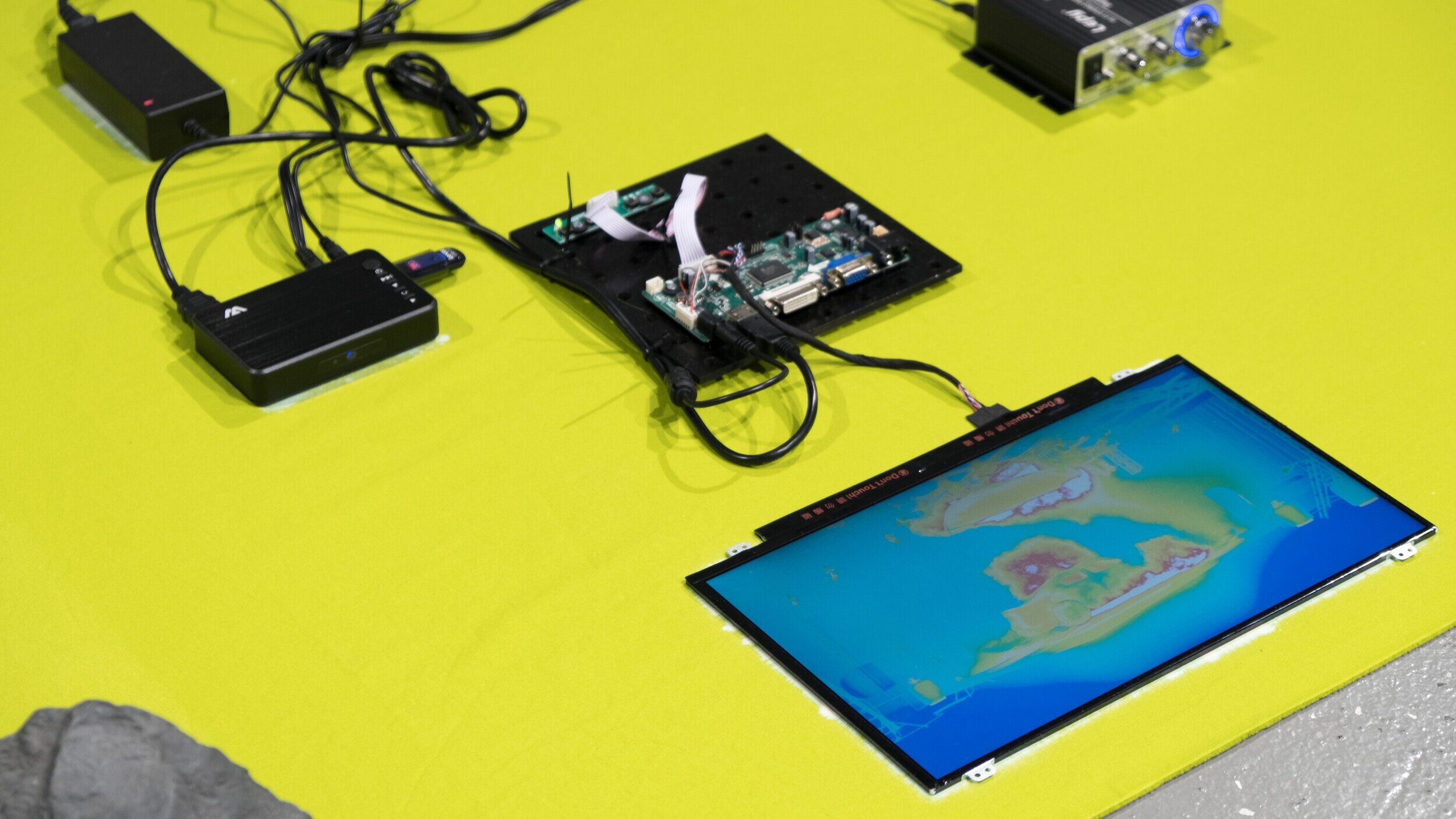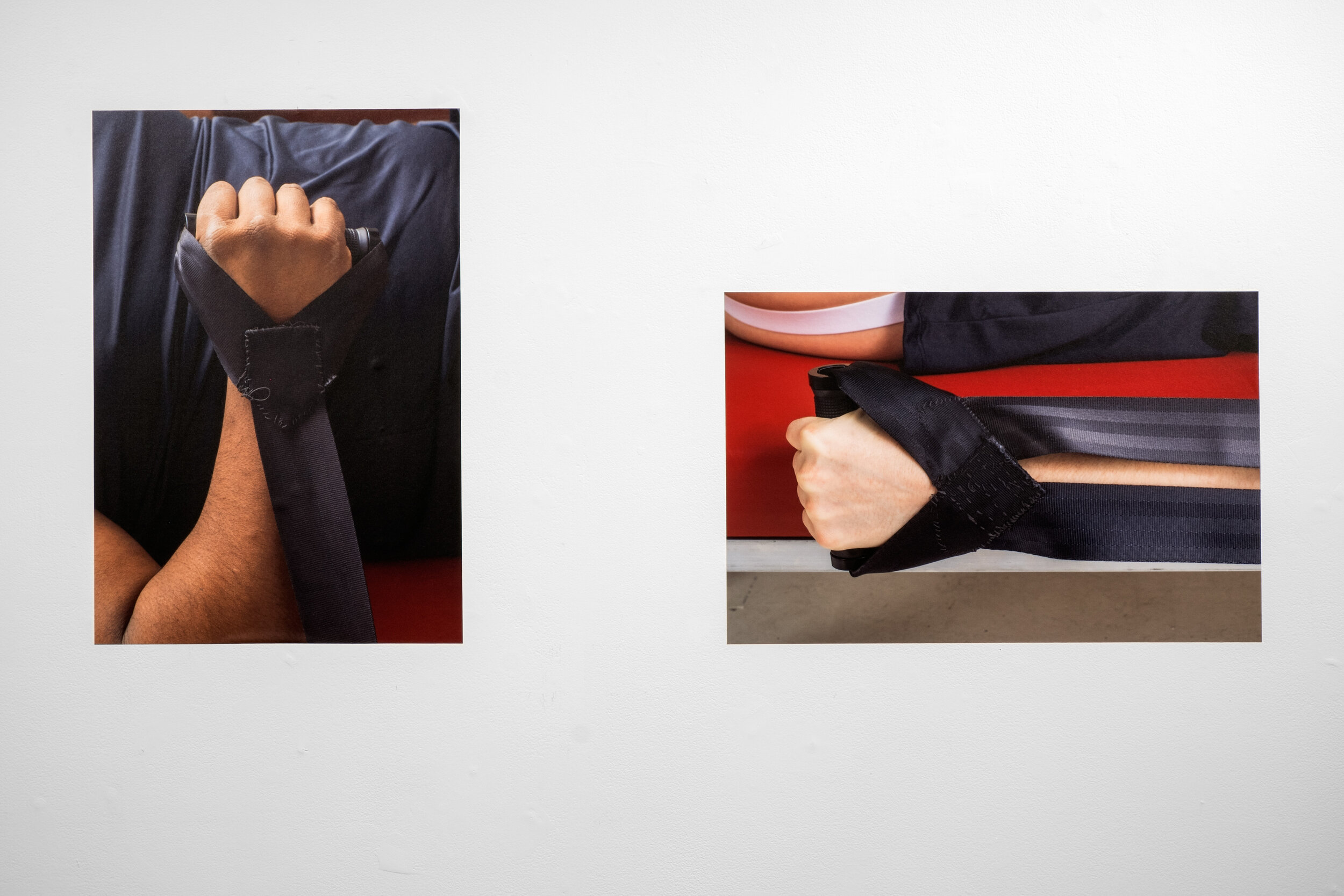
Sora Park // One of Them Will Be Unlucky
In Sora Park’s exhibition One of Them Will Be Unlucky, the artist draws from her family history of migration as an impetus to explore the role that language plays in depicting the complexity of understanding diaspora.
Sora Park is a Korean-Canadian interdisciplinary artist. In her practice, she explores the impact that globalization and migration have on the creation of various subcultures around the world and how the movement of people and their culture affect the sustainability of these subcultures.
She explores how quantitative and qualitative data gathered during her research translates into works of art through text, media and installation. She puts an emphasis on a concept of translation in art production as collected data transforms itself into different mediums and is depicted as tangible artworks.
Her works provides a glimpse into specific subcultures and issues - especially those resulted from globalization and migration - that many people may not be aware of.
Sora Park received her BFA in Photography from Emily Carr University of Art and Design in Vancouver, Canada and an MA in Fine Arts from Bergen Academy of Art and Design in Bergen, Norway. She is a recipient of grants from Arts Council Norway, Canada Council for the Arts and BC Arts Council.
Click here to view Park’s website.

























